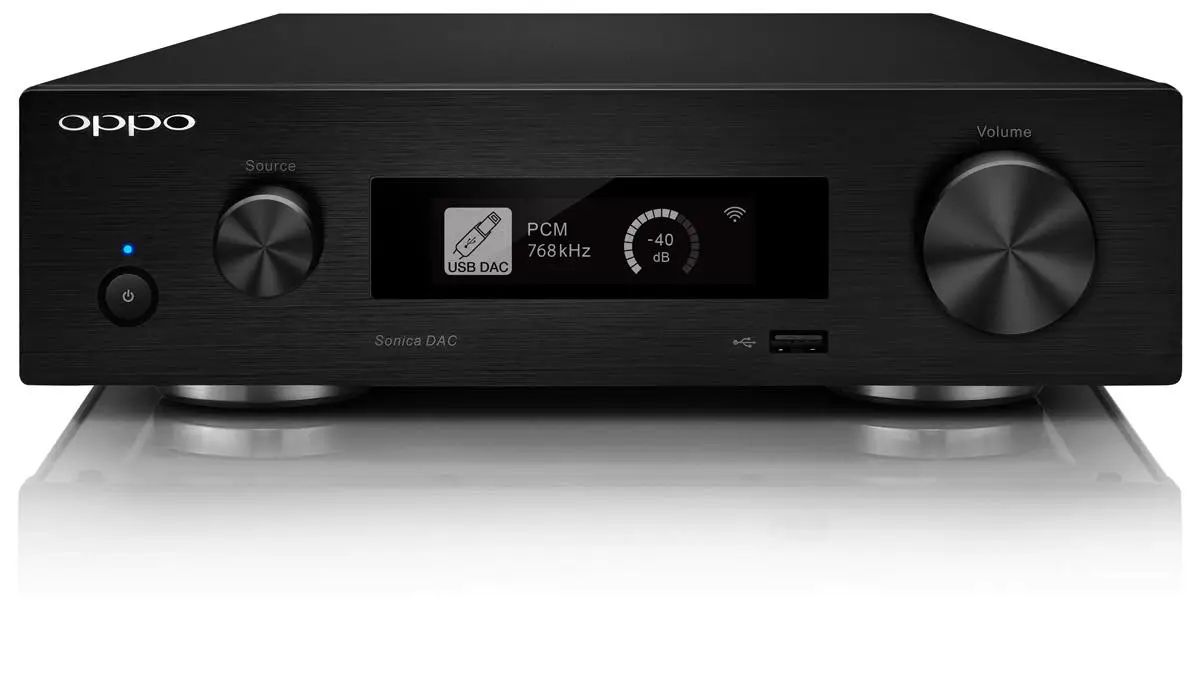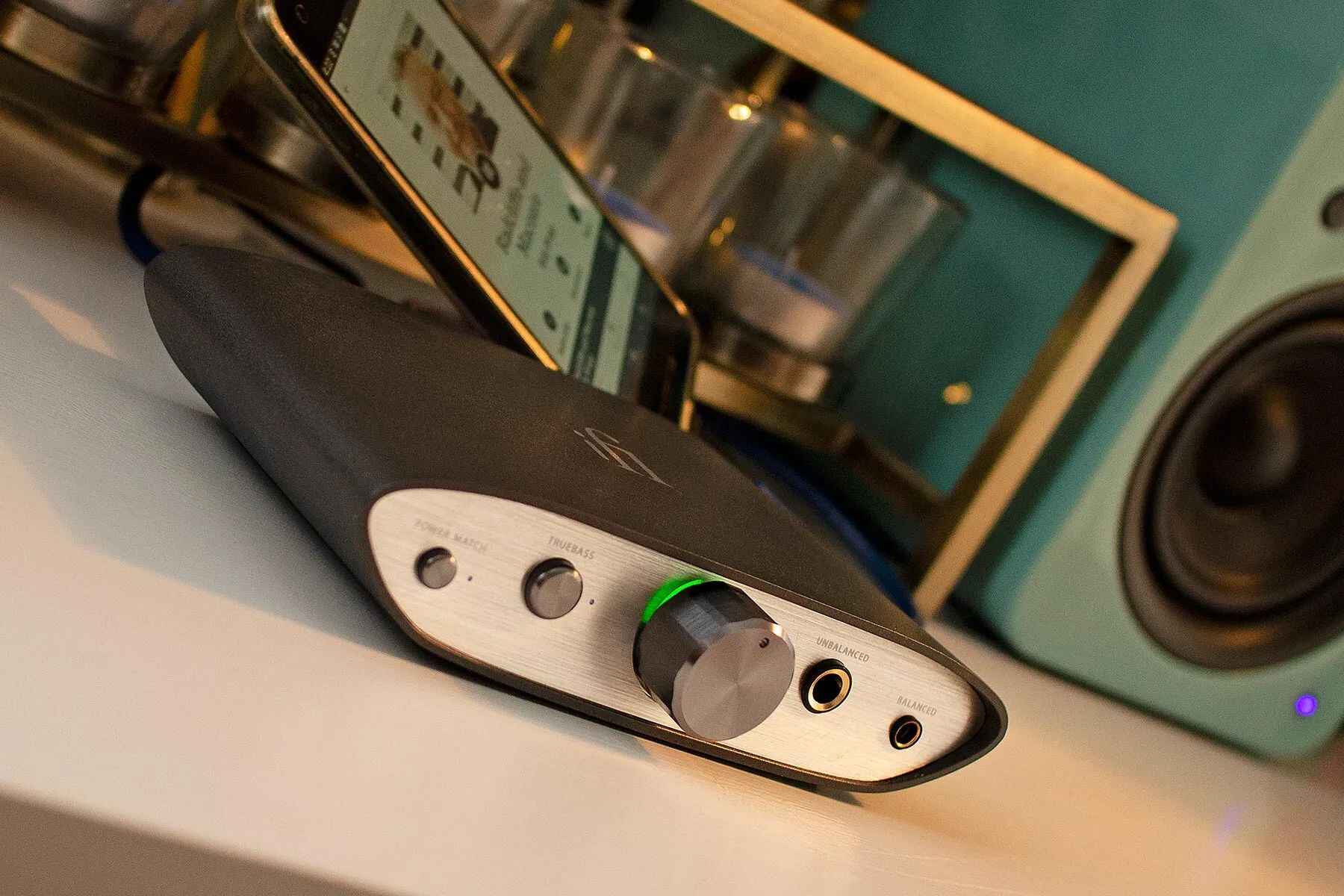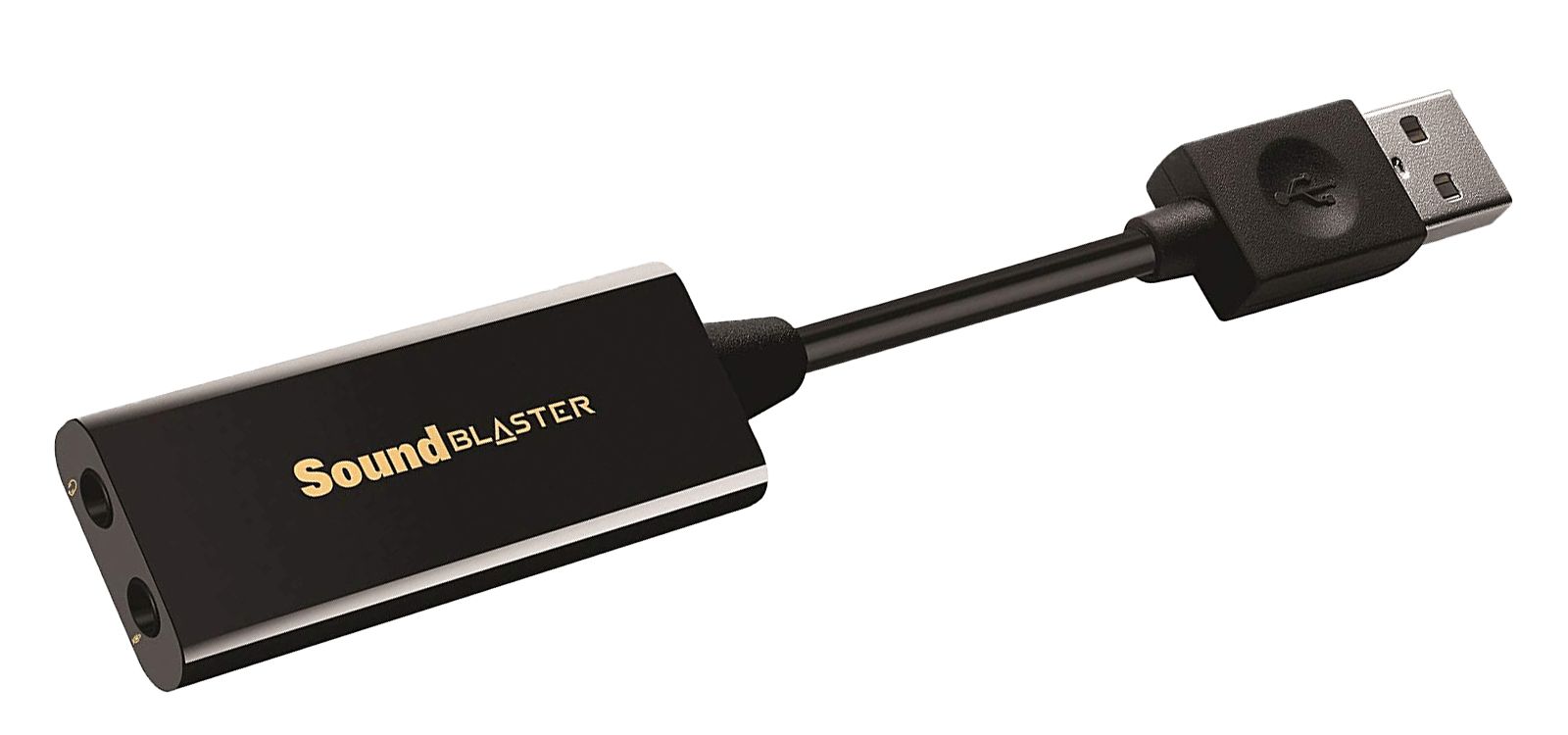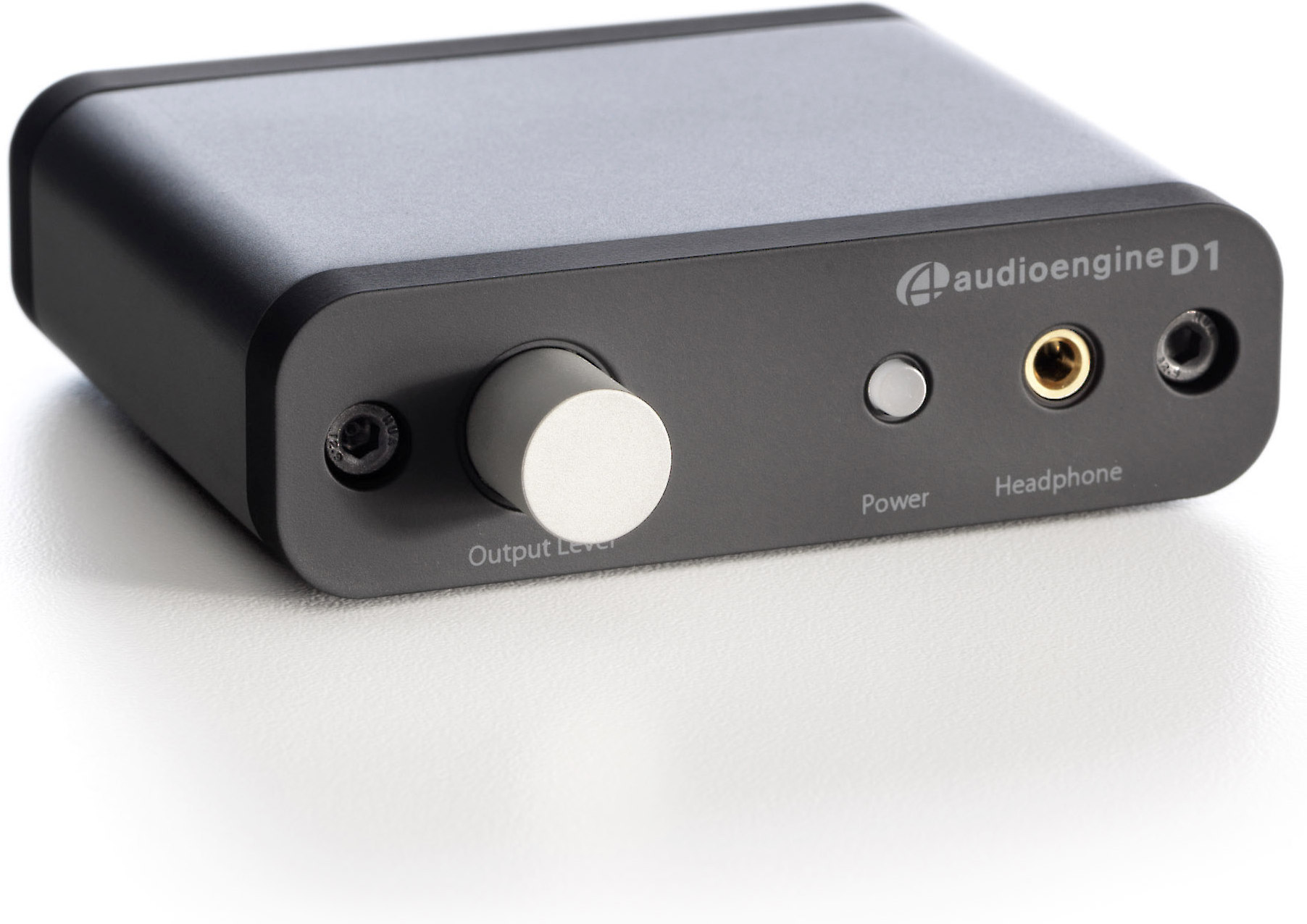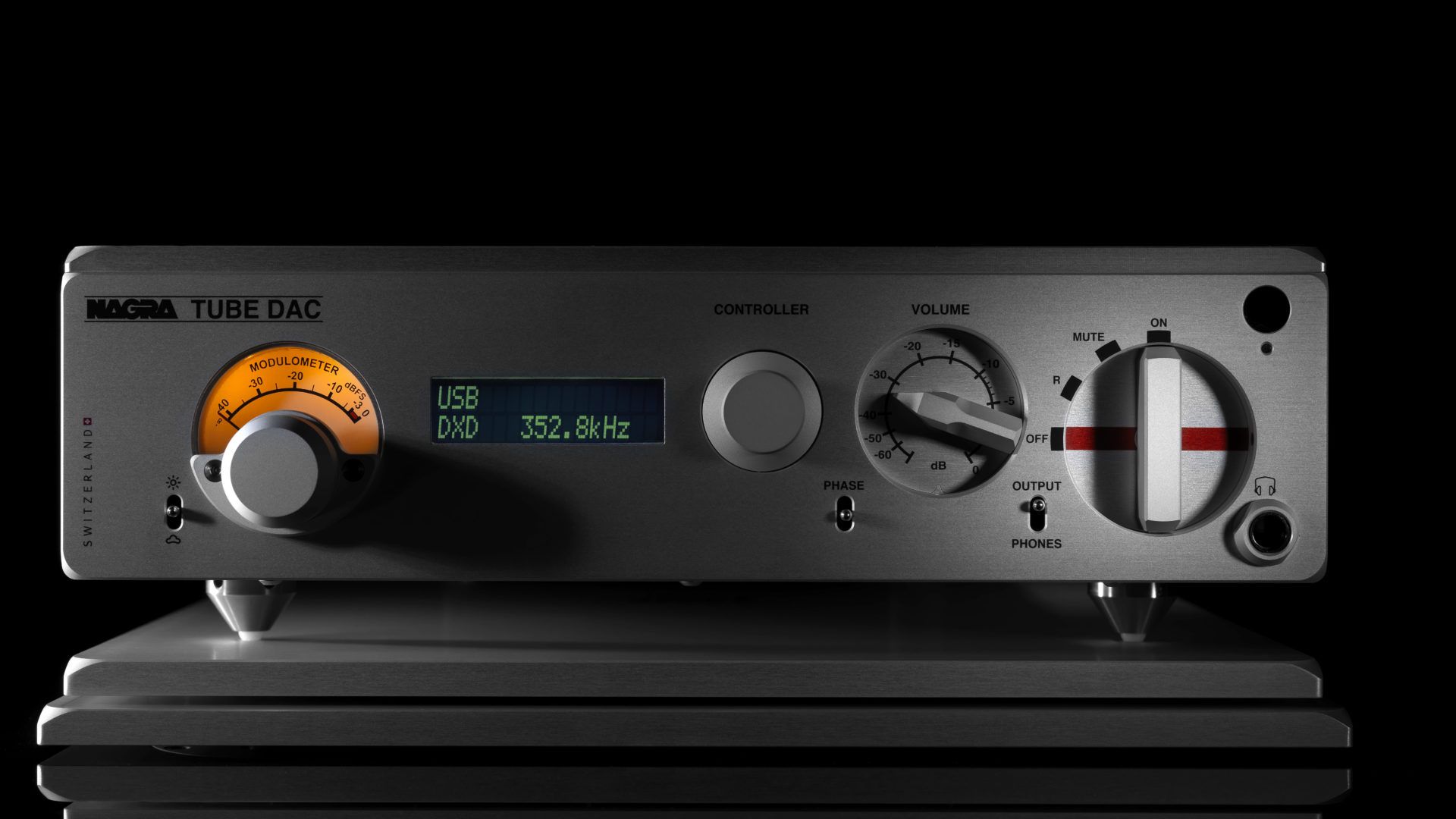Introduction
In the realm of modern technology, the seamless conversion of digital signals into analog signals is a critical process that underpins the functionality of numerous electronic devices. This conversion is made possible through the utilization of digital-to-analog converters (DACs), which play a pivotal role in translating digital data into analog waveforms. Understanding the operation of DACs is essential for comprehending the inner workings of various electronic systems, from audio equipment to industrial automation.
As we delve into the intricacies of DACs, it becomes evident that these components serve as vital bridges between the digital and analog domains. By facilitating the conversion of binary data into continuous voltage or current signals, DACs enable the faithful reproduction of digital information in the analog realm. This capability is fundamental in scenarios where digital data must be accurately represented in the form of physical signals, allowing for the generation of sound, images, or control signals in a diverse array of applications.
The significance of DACs extends beyond mere signal conversion; these devices are integral to the functionality of countless electronic devices, including audio interfaces, digital oscilloscopes, and programmable logic controllers (PLCs). Their influence permeates through various industries, contributing to the seamless operation of communication systems, measurement instruments, and automation equipment.
As we embark on a comprehensive exploration of DACs, it is imperative to delve into the intricate mechanisms that govern the conversion of digital signals to analog waveforms. By unraveling the inner workings of DACs and examining their diverse applications, we gain a deeper appreciation for the indispensable role they play in modern technology. This understanding not only fosters an enriched grasp of electronic systems but also serves as a springboard for exploring the myriad possibilities enabled by the seamless integration of digital and analog domains.
Understanding Digital Signals
Digital signals represent information using discrete values, typically in the form of binary digits or bits. These signals are characterized by their ability to convey data through a series of distinct, quantized values, which can be interpreted as either 0 or 1. The binary nature of digital signals enables the representation of complex data using a combination of these two fundamental states.
In the digital realm, information is encoded into binary form, where each bit holds a specific significance within the data stream. This encoding allows for the precise representation of alphanumeric characters, numerical values, and various forms of multimedia. Whether it's the transmission of text messages, the storage of multimedia files, or the processing of computational data, digital signals serve as the backbone of modern information technology.
Digital signals exhibit robustness in terms of signal integrity, as they are less susceptible to noise and distortion compared to analog signals. This resilience stems from the discrete nature of digital data, which enables error detection and correction mechanisms to be implemented effectively. Furthermore, digital signals can be transmitted over long distances without significant degradation, making them ideal for communication and data transfer applications.
The quantized nature of digital signals also facilitates efficient data storage and processing. By representing information in a series of discrete values, digital systems can manipulate and store data with precision, enabling complex computations, data analysis, and algorithmic operations. This inherent scalability and precision empower digital technology to handle vast amounts of data with unparalleled accuracy and reliability.
In the realm of digital electronics, the manipulation and interpretation of digital signals form the cornerstone of various technological advancements. From microprocessors and memory devices to communication protocols and control systems, the pervasive influence of digital signals underscores their indispensable role in shaping the modern technological landscape.
As we navigate the intricate domain of digital signals, it becomes evident that their discrete nature, robustness, and versatility lay the foundation for a myriad of applications across diverse industries. Understanding the fundamental attributes of digital signals is crucial for comprehending the inner workings of digital-to-analog converters (DACs) and their pivotal role in bridging the digital and analog domains.
Understanding Analog Signals
Analog signals, in contrast to their digital counterparts, convey information using continuously variable quantities. These signals manifest as smooth, continuous waveforms, where the amplitude and frequency vary in a seamless manner. This characteristic enables analog signals to represent a diverse range of phenomena, including sound waves, electrical voltages, and physical quantities such as temperature and pressure.
The essence of analog signals lies in their ability to faithfully capture and convey the nuances of real-world phenomena. For instance, in audio applications, analog signals accurately replicate the subtle variations in sound waves, preserving the richness and depth of musical compositions. Similarly, in instrumentation and control systems, analog signals offer a direct representation of physical parameters, allowing for precise monitoring and manipulation of real-world processes.
Analog signals are omnipresent in the natural environment, embodying the continuous nature of various physical phenomena. Whether it's the oscillations of acoustic waves, the fluctuation of electrical voltages, or the modulation of electromagnetic fields, analog signals encapsulate the intricacies of the physical world in a continuous, unbroken fashion.
The seamless nature of analog signals facilitates their transmission and processing in a manner that mirrors the underlying physical phenomena. This characteristic is particularly advantageous in scenarios where the faithful representation of real-world quantities is paramount. For instance, in audio reproduction systems, analog signals maintain the fidelity and natural tonality of sound, ensuring a captivating auditory experience.
Analog signals also exhibit a high degree of sensitivity and resolution, enabling them to capture subtle variations and nuances with exceptional precision. This attribute is instrumental in applications such as scientific instrumentation, where the accurate measurement of physical parameters demands a high level of fidelity and resolution.
Furthermore, analog signals possess a unique ability to convey information in a manner that resonates with human perception. The continuous nature of analog waveforms aligns closely with the sensory experiences of sight, sound, and touch, creating a seamless connection between the physical world and the realm of electronic signals.
In summary, analog signals serve as the conduit through which the richness and continuity of real-world phenomena are faithfully captured and conveyed. Their inherent ability to mirror the nuances of natural phenomena underscores their significance in diverse applications, ranging from audio reproduction and instrumentation to communication and sensory interfaces. Understanding the distinctive attributes of analog signals is essential for comprehending the role of digital-to-analog converters (DACs) in bridging the digital and analog domains, facilitating the seamless translation of digital data into continuous analog waveforms.
The Role of Digital-to-Analog Converters (DACs)
Digital-to-Analog Converters (DACs) play a pivotal role in the realm of electronic systems, serving as the linchpin for translating digital signals into analog waveforms. As the interface between the digital and analog domains, DACs enable the faithful reproduction of digital data in the form of continuous voltage or current signals. This fundamental capability forms the cornerstone of numerous applications, ranging from audio playback and telecommunications to industrial automation and control systems.
At the core of their functionality, DACs facilitate the conversion of binary data, typically represented as sequences of 0s and 1s, into analog signals that embody the smooth, continuous characteristics of real-world phenomena. This conversion process is essential for generating sound waves in audio playback systems, producing analog visual representations in display technologies, and synthesizing control signals for precision instrumentation and automation.
In audio applications, DACs are integral components of digital audio interfaces, where they transform digital audio streams into analog waveforms that drive speakers and headphones, faithfully reproducing the nuances of music and speech. This seamless translation of digital audio data into analog signals is instrumental in delivering immersive auditory experiences, underpinning the functionality of music players, home entertainment systems, and professional audio equipment.
Moreover, in the realm of telecommunications and signal processing, DACs play a crucial role in modulating digital signals onto analog carrier waves for transmission over communication channels. By converting digital data into analog waveforms, DACs enable the efficient transmission of information over diverse mediums, including wired and wireless communication networks. This capability is essential for voice communication, data transfer, and multimedia streaming, forming the backbone of modern telecommunication systems.
In industrial automation and control systems, DACs facilitate the generation of precise analog control signals that govern the operation of actuators, motors, and process variables. By converting digital control commands into analog signals, DACs enable the seamless integration of digital control systems with analog actuators and sensors, fostering the precise manipulation and monitoring of physical processes in industrial environments.
The pervasive influence of DACs extends across diverse domains, encompassing consumer electronics, telecommunications, instrumentation, and automation. Their role as the bridge between the digital and analog realms underscores their indispensability in modern technology, shaping the seamless integration of digital data with the continuous characteristics of analog signals.
In summary, the role of Digital-to-Analog Converters (DACs) as facilitators of digital-to-analog signal conversion is fundamental to the functionality of electronic systems across various industries. Their ability to seamlessly translate digital data into analog waveforms underpins the operation of audio playback systems, communication networks, and industrial control systems, exemplifying their significance in bridging the digital and analog domains.
How DACs Convert Digital Signals to Analog Signals
Digital-to-Analog Converters (DACs) employ a sophisticated process to convert digital signals, typically represented in binary form, into continuous analog waveforms. This pivotal conversion mechanism is essential for translating digital data into the smooth, varying voltages or currents that characterize analog signals. By delving into the intricate workings of DACs, we can unravel the transformative process through which binary data is seamlessly transmuted into analog representations, enabling the faithful reproduction of digital information in the analog domain.
At the heart of DAC operation lies the utilization of precise voltage or current outputs to represent the discrete digital values encoded within the input binary data. This entails a meticulous translation of binary sequences into analog waveforms that faithfully mirror the original digital information. The conversion process is underpinned by the principle of quantization, where the discrete nature of digital data is reconciled with the continuous characteristics of analog signals.
DACs achieve this conversion through a series of intricate steps, beginning with the reception of digital input data in the form of binary codes. These binary codes, comprising sequences of 0s and 1s, encapsulate the digital information to be translated into analog form. The DAC then proceeds to interpret these binary codes and generate corresponding analog output signals that reflect the encoded digital values.
The translation of binary codes into analog signals is facilitated through precise voltage or current generation mechanisms, where the magnitude and timing of the analog outputs are meticulously controlled to mirror the discrete digital inputs. This involves the utilization of digital-to-analog conversion techniques, such as resistor ladder networks, binary-weighted resistors, or pulse-width modulation (PWM), to generate the continuous analog waveforms that embody the original digital data.
Furthermore, DACs incorporate sophisticated signal processing and filtering mechanisms to ensure the fidelity and accuracy of the analog outputs. This entails the mitigation of quantization errors, noise suppression, and the preservation of signal integrity to deliver smooth, continuous analog representations of the input digital data. By leveraging advanced signal processing algorithms and precise analog circuitry, DACs uphold the faithful reproduction of digital information in the analog domain, enabling a seamless transition between the discrete and continuous realms.
In essence, the conversion of digital signals to analog signals by DACs embodies a meticulous process that harmonizes the discrete nature of digital data with the continuous characteristics of analog waveforms. This transformative capability underpins the functionality of numerous electronic systems, enabling the faithful reproduction of digital information in the form of smooth, varying voltages or currents. By unraveling the intricacies of DAC operation, we gain a deeper appreciation for the pivotal role these components play in bridging the digital and analog domains, fostering the seamless integration of digital data with the richness of analog signals.
Types of DACs
Digital-to-Analog Converters (DACs) encompass a diverse array of implementations, each tailored to specific applications and performance requirements. The classification of DACs is based on their operational principles, conversion techniques, and the manner in which digital inputs are translated into analog outputs. By exploring the various types of DACs, we gain insight into the nuanced approaches employed to achieve digital-to-analog signal conversion, catering to the distinct needs of diverse electronic systems.
-
Voltage Output DACs (VODACs): These DACs generate analog output voltages proportional to the digital input codes. VODACs are widely utilized in applications where precise voltage control is paramount, such as audio processing, instrumentation, and analog signal generation. By delivering accurate voltage outputs that mirror the encoded digital values, VODACs facilitate the faithful reproduction of digital information in the analog domain, ensuring high-fidelity signal conversion.
-
Current Output DACs (IODACs): IODACs produce analog output currents that correspond to the digital input codes. These DACs are instrumental in applications where current sourcing or sinking capabilities are essential, such as industrial control systems, sensor interfacing, and analog signal modulation. By providing precise current outputs that reflect the encoded digital information, IODACs enable seamless integration with current-driven devices and analog control circuits.
-
Resistor-String DACs: This type of DAC employs a string of precision resistors to generate analog outputs based on the digital input codes. Resistor-string DACs offer high accuracy and linearity, making them suitable for precision measurement instruments, data acquisition systems, and sensor interfacing applications. The precise voltage division facilitated by resistor strings ensures the faithful translation of digital inputs into continuous analog voltages, fostering reliable signal conversion.
-
R-2R Ladder DACs: R-2R ladder DACs utilize a network of resistors arranged in a ladder configuration to produce analog outputs. These DACs are known for their simplicity, low cost, and suitability for medium to high-resolution applications. R-2R ladder DACs find widespread use in audio playback systems, digital oscilloscopes, and communication interfaces, where they deliver accurate analog outputs with efficient binary-weighted resistor networks.
-
Segmented DACs: Segmented DACs employ multiple sub-DACs to achieve high resolution and enhanced linearity. By partitioning the digital input range into segments and utilizing dedicated sub-DACs for each segment, these DACs offer superior performance in precision instrumentation, audio processing, and high-resolution imaging systems. The segmentation approach enhances the overall accuracy and dynamic range of the DAC, catering to demanding applications that necessitate fine-grained analog outputs.
-
PWM DACs: Pulse-Width Modulation (PWM) DACs utilize a modulated digital signal to produce analog outputs by varying the width of pulse signals. PWM DACs are commonly employed in audio amplification, motor control, and power management applications, where they offer efficient analog signal generation with precise pulse-width modulation techniques. The inherent simplicity and digital nature of PWM DACs make them ideal for applications requiring robustness and high efficiency.
By delineating the diverse types of DACs, we gain a comprehensive understanding of the tailored approaches employed to achieve digital-to-analog signal conversion. Each type of DAC embodies distinct operational characteristics and performance attributes, catering to the unique requirements of audio systems, communication interfaces, instrumentation, and control applications. The versatility and adaptability of DACs underscore their significance in modern electronic systems, encapsulating the seamless translation of digital data into the continuous richness of analog signals.
Factors to Consider When Choosing a DAC
When selecting a Digital-to-Analog Converter (DAC) for a specific application, several critical factors must be taken into account to ensure optimal performance and compatibility. The following considerations play a pivotal role in guiding the selection of a DAC that aligns with the unique requirements of the intended electronic system:
-
Resolution and Accuracy: The resolution of a DAC determines the level of detail in the analog output, typically quantified in bits. Higher resolution DACs offer finer granularity in representing digital values as analog signals, resulting in increased fidelity and precision. Accuracy, closely related to resolution, denotes the ability of the DAC to produce analog outputs that closely match the intended values, free from quantization errors and nonlinearities.
-
Speed and Latency: For applications requiring rapid signal processing and real-time responsiveness, the speed of the DAC is a critical consideration. High-speed DACs are essential for tasks such as waveform generation, digital communication, and control systems where low latency is paramount. The ability of the DAC to swiftly and accurately convert digital inputs into analog outputs is crucial for maintaining system performance.
-
Output Configuration: The output configuration of the DAC, whether voltage or current output, must align with the requirements of the target application. Voltage output DACs are suitable for driving voltage-based loads such as amplifiers and sensors, while current output DACs are preferred for applications necessitating precise current sourcing or sinking capabilities, such as motor control and industrial automation.
-
Dynamic Range and Linearity: The dynamic range of a DAC denotes the ratio between the largest and smallest analog output levels it can produce, reflecting its ability to faithfully represent a wide range of digital values. Linearity is equally important, ensuring that the analog outputs exhibit minimal distortion and deviation from the ideal transfer function, crucial for accurate signal reproduction and measurement.
-
Interface Compatibility: The interface of the DAC, including digital input formats and communication protocols, should be compatible with the existing system infrastructure. Considerations such as SPI, I2C, parallel interfaces, and serial communication standards play a significant role in seamless integration with microcontrollers, digital signal processors, and interface circuits.
-
Power Consumption and Supply Voltage: The power consumption of the DAC directly impacts system efficiency and thermal management. Low-power DACs are essential for battery-operated devices and energy-efficient systems, minimizing power dissipation while maintaining signal integrity. Additionally, the supply voltage range of the DAC must align with the available power sources and voltage levels within the system.
-
Size, Package, and Environmental Considerations: The physical dimensions and packaging of the DAC are crucial, especially in space-constrained applications and harsh operating environments. Factors such as temperature range, humidity resistance, and EMI/EMC characteristics are vital for ensuring the reliability and longevity of the DAC in diverse operating conditions.
By carefully evaluating these factors and aligning them with the specific requirements of the target application, the selection of a DAC can be tailored to deliver optimal performance, seamless integration, and compatibility with the broader electronic system. Each consideration contributes to the overall functionality and efficacy of the DAC within its intended application domain, emphasizing the importance of a comprehensive and meticulous selection process.
Applications of DACs
Digital-to-Analog Converters (DACs) find widespread utilization across a diverse spectrum of electronic systems, spanning various industries and applications. The seamless translation of digital signals into continuous analog waveforms facilitated by DACs underpins their pivotal role in shaping the functionality and performance of numerous technologies. From audio reproduction and communication systems to industrial automation and instrumentation, the applications of DACs encompass a broad array of domains, each leveraging the transformative capabilities of these essential components.
In the realm of audio systems, DACs serve as the cornerstone for delivering high-fidelity sound reproduction in music players, home theaters, and professional audio equipment. By converting digital audio streams into precise analog waveforms, DACs enable the faithful reproduction of musical compositions, speech, and ambient soundscapes, fostering immersive auditory experiences. The seamless integration of DACs in audio applications ensures the preservation of tonal richness, dynamic range, and spatial imaging, elevating the quality of sound reproduction across consumer and professional audio systems.
Furthermore, DACs play a crucial role in telecommunications and signal processing, where they facilitate the modulation of digital signals onto analog carrier waves for transmission over communication channels. The efficient conversion of digital data into analog waveforms by DACs enables the seamless transmission of voice communication, data transfer, and multimedia streaming over wired and wireless communication networks. This capability forms the backbone of modern telecommunication systems, ensuring the reliable and high-fidelity transfer of information across diverse communication mediums.
In the domain of industrial automation and control systems, DACs enable the generation of precise analog control signals that govern the operation of actuators, motors, and process variables. By converting digital control commands into analog signals, DACs facilitate the seamless integration of digital control systems with analog actuators and sensors, fostering the precise manipulation and monitoring of physical processes in industrial environments. This application of DACs underscores their significance in driving automation, process control, and instrumentation in industrial settings.
Moreover, DACs find extensive use in scientific instrumentation, data acquisition systems, and sensor interfacing applications, where they deliver accurate analog representations of physical parameters, enabling precise measurement and analysis. The seamless translation of digital data into continuous analog signals by DACs ensures the fidelity and accuracy of measurements in scientific research, environmental monitoring, and industrial sensing applications, contributing to advancements in scientific discovery and technological innovation.
In summary, the applications of DACs span a diverse landscape, encompassing audio reproduction, telecommunications, industrial automation, instrumentation, and scientific research. The transformative capabilities of DACs in converting digital signals into continuous analog waveforms underpin their indispensable role in shaping the functionality and performance of electronic systems across various industries. The seamless integration of DACs in diverse applications underscores their versatility and adaptability, exemplifying their significance in bridging the digital and analog domains, and fostering the seamless translation of digital data into the richness of analog signals.
Conclusion
In conclusion, the realm of digital-to-analog converters (DACs) encapsulates a rich tapestry of transformative capabilities, spanning diverse applications and industries. The seamless translation of digital signals into continuous analog waveforms, facilitated by DACs, underpins their pivotal role in shaping the functionality and performance of numerous electronic systems. From audio reproduction and telecommunications to industrial automation and scientific instrumentation, the pervasive influence of DACs permeates through various domains, exemplifying their indispensability in bridging the digital and analog realms.
The comprehensive exploration of DACs has unveiled their pivotal role as facilitators of digital-to-analog signal conversion, enabling the faithful reproduction of digital information in the form of smooth, varying voltages or currents. By delving into the intricate mechanisms that govern the conversion of digital signals to analog waveforms, we have gained a deeper appreciation for the transformative process through which binary data is seamlessly transmuted into analog representations, fostering the seamless integration of digital data with the richness of analog signals.
Furthermore, the diverse types of DACs, each tailored to specific applications and performance requirements, underscore the adaptability and versatility of these essential components. Whether it's voltage output DACs, current output DACs, resistor-string DACs, R-2R ladder DACs, segmented DACs, or PWM DACs, the nuanced approaches employed to achieve digital-to-analog signal conversion cater to the distinct needs of diverse electronic systems, exemplifying the tailored nature of DAC implementations.
The meticulous considerations involved in choosing a DAC, encompassing resolution, speed, output configuration, dynamic range, interface compatibility, power consumption, and environmental factors, underscore the importance of a comprehensive and meticulous selection process. Each consideration contributes to the overall functionality and efficacy of the DAC within its intended application domain, emphasizing the significance of aligning the unique requirements of the target application with the capabilities of the chosen DAC.
The applications of DACs, spanning audio reproduction, telecommunications, industrial automation, instrumentation, and scientific research, exemplify their pervasive influence across diverse domains. The transformative capabilities of DACs in shaping the functionality and performance of electronic systems underscore their significance in driving technological advancements, fostering seamless integration, and enabling the faithful representation of digital information in the analog domain.
In essence, the exploration of DACs has illuminated their pivotal role as the linchpin for translating digital signals into analog waveforms, permeating through diverse applications and industries. The transformative capabilities, adaptability, and pervasive influence of DACs underscore their indispensability in modern technology, encapsulating the seamless translation of digital data into the richness of analog signals, and fostering a deeper understanding of the intricate interplay between the digital and analog domains.









